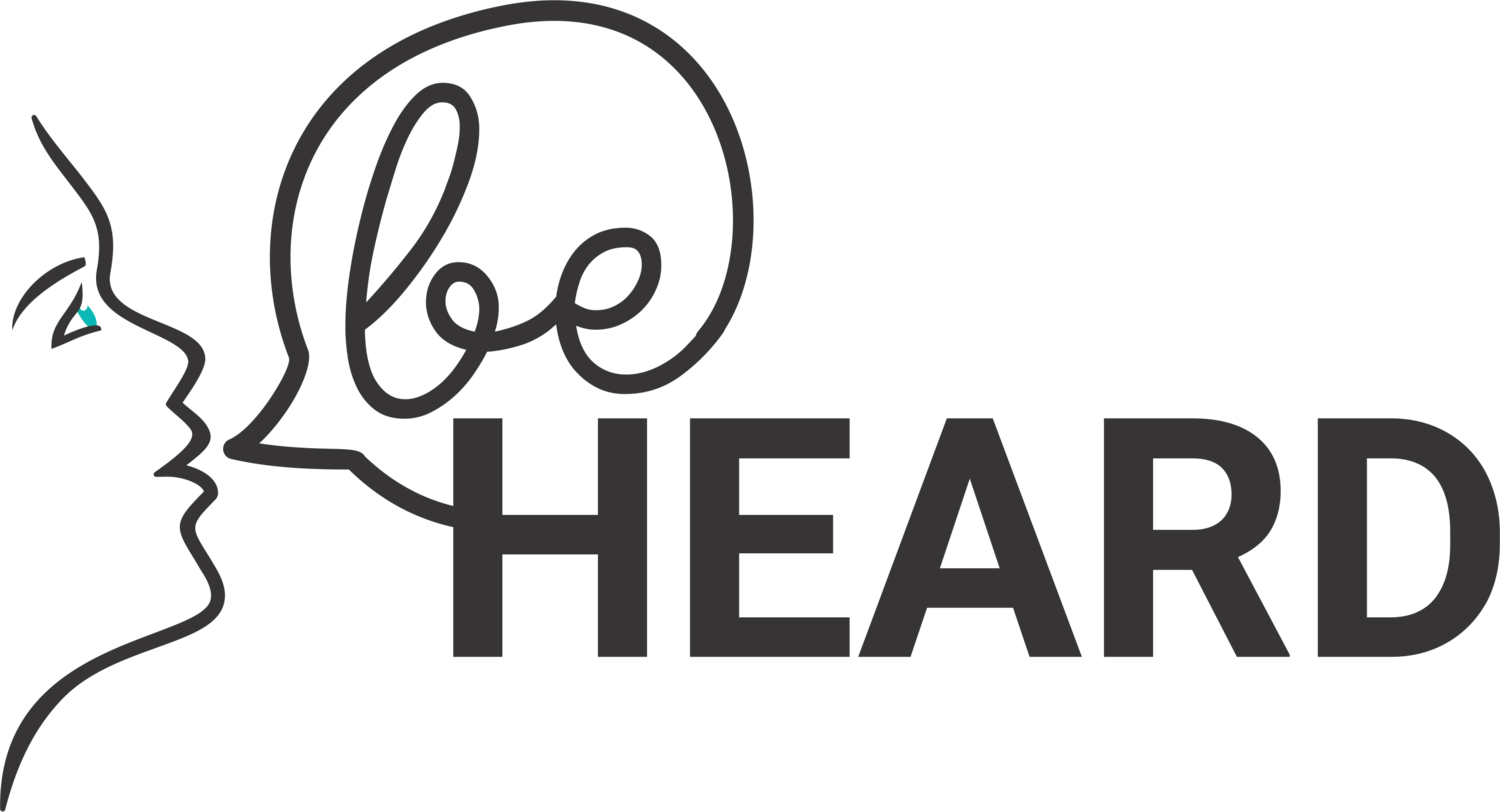Essential Facts You Need To Be Aware Of Concerning The Nature of Podcasts
Podcasts have become some of the most widely-used methods for people to listen to information. There are various audio shows catering to diverse preferences and demographics. However, if you only merely come across the word, but you have been not completely sure about its operation… we’re here to guide you.
This piece will cover all the information you should be aware of concerning digital broadcasts. We’ll initially go through some descriptions and elucidations. After that, we’ll look at how podcasts are produced and advertised. And throughout, we’ll review different examples, so you grasp what precisely we’re discussing.

It’s a fascinating universe out there! So, let’s get underway!
What is a Podcast?
We’re plunging right into it. What exactly defines a podcast, and how is it functioning?
A digital broadcast is, in simple terms, an audio program shared via the internet. If you happen to be curious about the actual term, it’s considered it comes from “iPod” and “broadcast”. Yes, iPods; those compact mobile devices created by Apple that rapidly grew in popularity.
Currently, despite the title of the machine is there, podcasts can be played on smartphones, PCs, tablet devices, and media players (using a podcast distribution service that operates as something like always-available radio networks).
Differences From Other Mediums
A audio broadcast has a few qualities that distinguish from other types of media (for example radio programs or visual media). For instance:
Accessible on-demand: Podcasts are pre-recorded, so you can play them or download them at any time. Hence, you can decide when to access the content.
Steady release pattern: A lot of podcast episodes are formatted as a series or continuous episodes. The episode is, therefore, issued on a fixed schedule (including daily, each week, or each month).
Accessibility: The bulk of podcast episodes are available without charge. Some authors offer exclusive or content for subscribers for a fee, also, but not every podcast.
Solo creators: Podcast episodes are typically made by self-employed producers. Signifying you can find a wider range of perspectives and ideas!
User interaction: Podcast listeners can connect with them with subscriptions, critiques, evaluations, and engagements on social media.
Long-Form Content: Owing to their extended format, audio programs allow for in-depth analysis of topics and narration.
Uses RSS feeds: Podcasts are primarily distributed with RSS channels, yet that is evolving in modern times with options like YouTube hosting video podcasts.
Precisely what Must You Have To Hear An Internet Broadcast?
All that is required to listen to a podcast is just internet access coupled with a device that can connect to it.
Though some sound files (an audio file) can be found via applications or digital audio apps, this is only needed if you desire to do things like subscribe to updates. For instance, to obtain new episodes by itself or download audio show episodes to hear offline.
Regarding devices, you are able to use your smartphone (iPhone, Android, and others), tablet, or PC. At first, you will need an internet connection to be heard — nonetheless downloading episodes is another option.
Podcasts in comparison to Traditional Content Production
Podcasts haven’t emerged from nothing. They share some similarities with radio regarding content creation and distribution. Nonetheless, they also have distinct differences that distinguish them.
Let’s start with what they have in common. Both podcasts and radio broadcasts are primarily sound files or audio-centric media. Thus, they depend on spoken word, music tracks, sound effects, and other sound components to communicate information, to amuse, and attract.
Both mediums additionally span a extensive range of subjects and styles, a diversity that permits content creators to cater to different tastes and audiences. Additionally, both of them often present presenters, co-anchors, or narrators who direct the content and offer context. In conclusion, podcast episodes and broadcasts use cutting, mixing, musical elements and audio effects to improve the listening encounter.
While the two formats differ is in distribution. Podcast episodes are distributed via the internet and are usually accessible as needed. This means that listeners can select when and anywhere they want to hear episodes and can subscribe to their favorite series for instant updates. Conventional radio broadcasts, in contrast, are exclusively transmitted over the airwaves at set moments. Additionally, they tend to be either real-time or planned.
Podcast episodes are similarly recognized for their versatility in regarding episode time. They can range from a handful minutes to many hours, enabling thorough examination of subjects. Radio shows generally follow set time slots and may must conform programming into specific time constraints.
In the beginning, audio shows were completely sound-based. However, as their appeal has exploded, visual podcasting has also emerged as a credible alternative. In other words, while the concept podcast initially meant audio broadcasts, it has grown to encompass a more extensive range of multimedia productions.
So, to give you an idea of types, we now have:
Audio podcasts: Seen as the classic and common form. They consist of sound files, such as narration content, songs, discussions, narrative, talks, and acoustic effects.
Visual podcasts (sometimes called) video podcasts: Video podcasts merge videos with audio. They can feature visual interviews, debates, instructional videos, filmed storytelling, and other content. Video podcasts are similarly commonly shared in the like audio podcasts, through podcast apps and services.
The preference of developing an traditional audio or a video show will depend on your likes as a content creator. The nature of the material itself will likewise have an impact. Such as, while some people opt for video podcasts to provide a visually rich and captivating content, some choose audio-only for convenience or as they aren’t need a visual component.
For more info about get view the best web site
